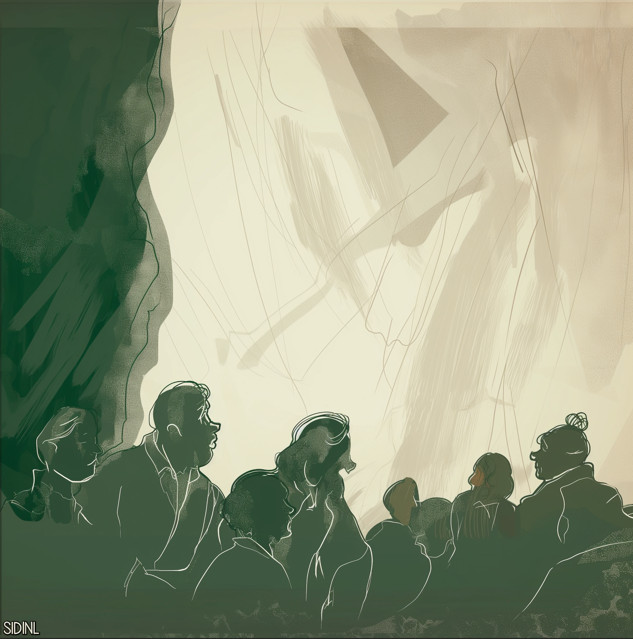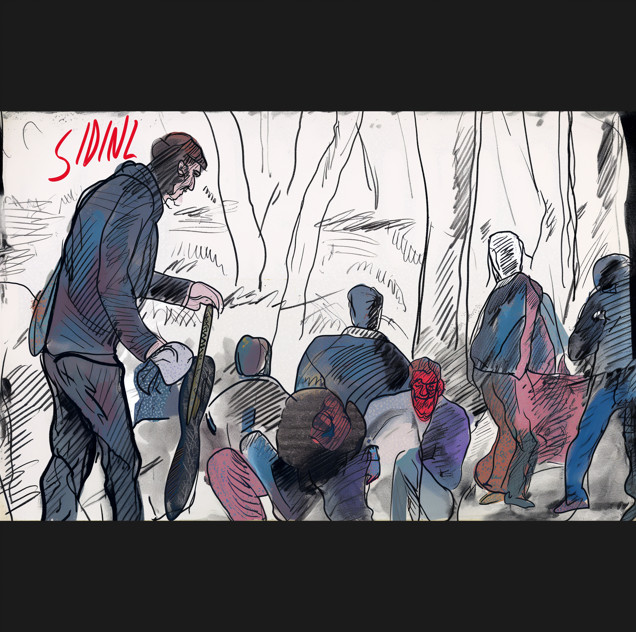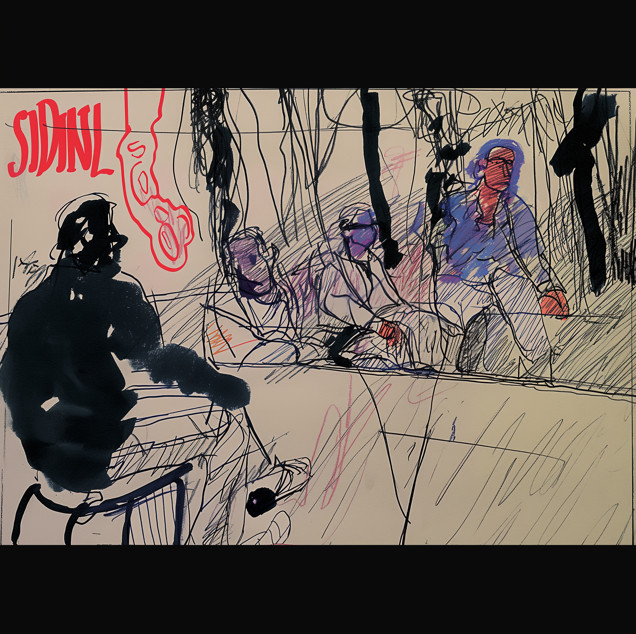Communities
The SIDINL Newsletters initiative highlights the power of local communities by fostering robust interactions between African curators and a dedicated Western audience. This engagement transcends virtual boundaries, encouraging audience members to immerse themselves in the local realities they read about. This unique approach cultivates a deeper, more nuanced understanding of community dynamics and governance.

Active Engagement
Members of the SIDINL audience are not passive recipients of information. They are actively encouraged to engage with the content and the local curators who produce it. This engagement typically extends beyond online comments and feedback. Audience members often travel to the communities they read about, participating in local life and governance processes. This hands-on involvement allows them to witness firsthand the challenges and dynamics of local governance, community councils, and citizen participation.
Participatory Democracy in Practice
This initiative can be adapted by participatory democracy models observed in the Sub-Saharan African contexts. For instance, international participants with expertise can join local governance meetings, providing them with a firsthand understanding of the decision-making process. Similarly, members of the audience as visitors have engaged with local ward councilors, observing the ward system’s impact on community involvement and service delivery.

Examples
Ghana
In Kumasi, audience members have participated in community meetings and governance discussions, providing feedback and learning about local issues directly from the residents. This involvement has led to a deeper understanding of the challenges faced by local governments and the impact of citizen participation on decision-making processes.
South Africa
In Cape Town, audience members have engaged with the ward councilors and community members, observing the dynamics of the ward system and the challenges of service delivery. These interactions have provided valuable insights into the practicalities of local governance and the importance of maintaining transparent and accountable participatory structures.
Kenya
In Nairobi, audience members have visited informal settlements like Kibera, participating in community meetings and observing local initiatives aimed at improving living conditions. These experiences have highlighted the resilience of local communities and the critical role of grassroots organizations in driving change.
Mutual Learning and Empowerment
The SIDINL initiative promotes a two-way exchange of knowledge and ideas. Western participants not only learn from the local contexts but also contribute their perspectives and expertise, creating a collaborative environment. This mutual learning enhances the capacity of both local communities and international participants to address complex issues effectively.
Specific Examples of Collaborative Contributions
Western participants often bring valuable expertise in areas such as technology, education, and governance, which they share with local communities to help address specific challenges:
Technology and Innovation
In Nigeria, Western tech experts have collaborated with local innovators to develop and implement low-cost, solar-powered solutions for rural electrification. This partnership has led to the establishment of some community-run solar farms, significantly improving access to electricity.
Education Initiatives
In South Africa, educators from Western countries have worked with local schools to enhance teaching methods and curriculum development. They have introduced new pedagogical approaches and educational technologies, which have helped improve literacy rates and student engagement.
Governance and Civic Participation
In Ghana, experts in public administration and civic engagement have worked with local government officials to develop more effective participatory governance frameworks. They have shared best practices in transparency, accountability, and community engagement, helping to strengthen local governance structures.
Ensuring Authentic Engagement
To maintain the integrity and authenticity of these interactions, SIDINL emphasizes privacy in online and offline engagements. This confidentiality fosters a safe space for honest dialogue, allowing local curators to share their stories without external pressures. This approach ensures that the narratives and insights remain genuine and impactful.
Deepening Connections and Understanding
By participating in local life, international audience members develop a profound connection with the communities they engage with. This connection is not merely observational but participatory, involving direct contributions to local initiatives and governance processes. This deepens their understanding of local issues and enhances their ability to support sustainable solutions.

Conclusion
In essence, the SIDINL Newsletters initiative redefines how external audiences interact with local communities. By promoting active, immersive participation, it bridges the gap between observation and involvement, fostering a richer, more impactful understanding of local life in Sub-Saharan Africa. This innovative approach not only empowers local voices but also enriches the global perspective on community-driven governance and development.